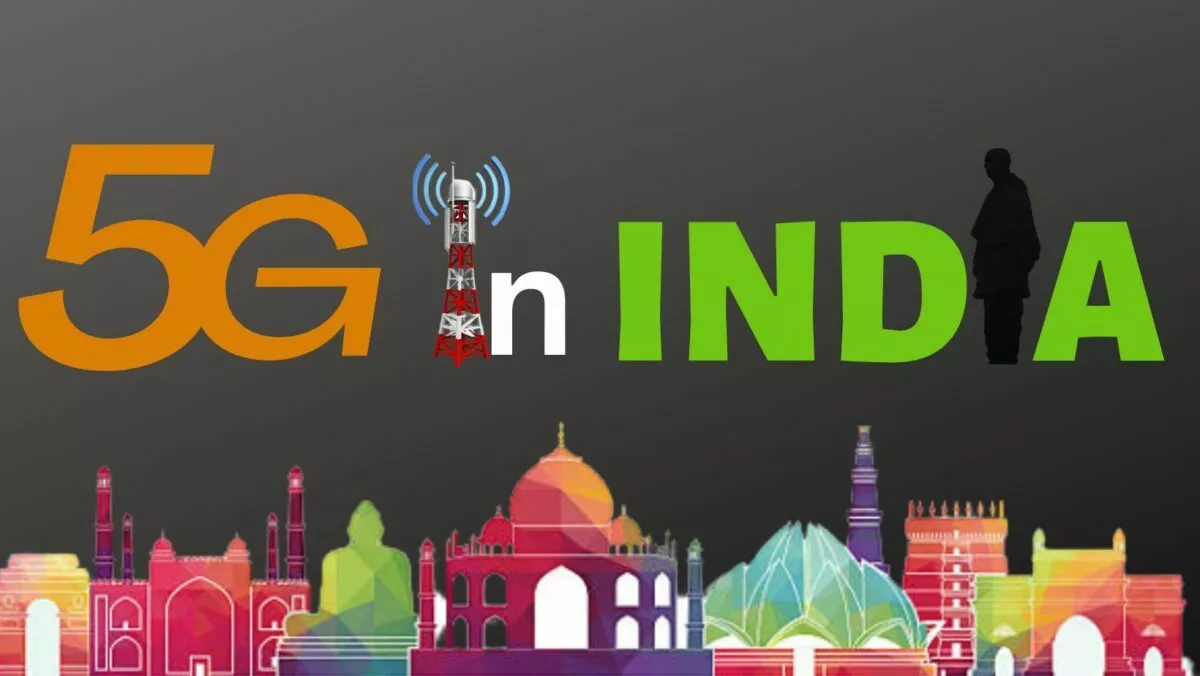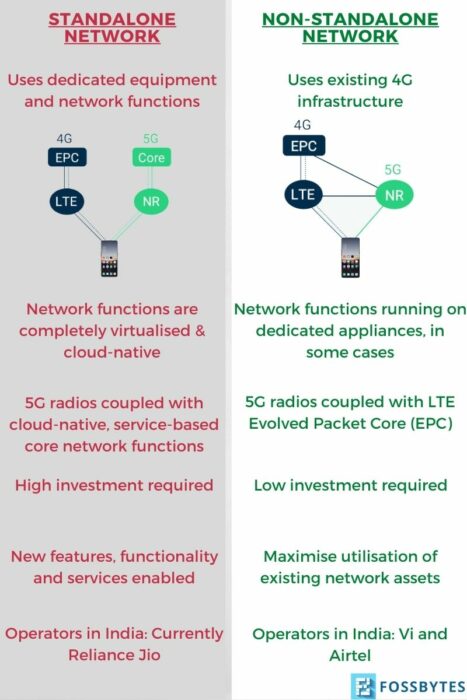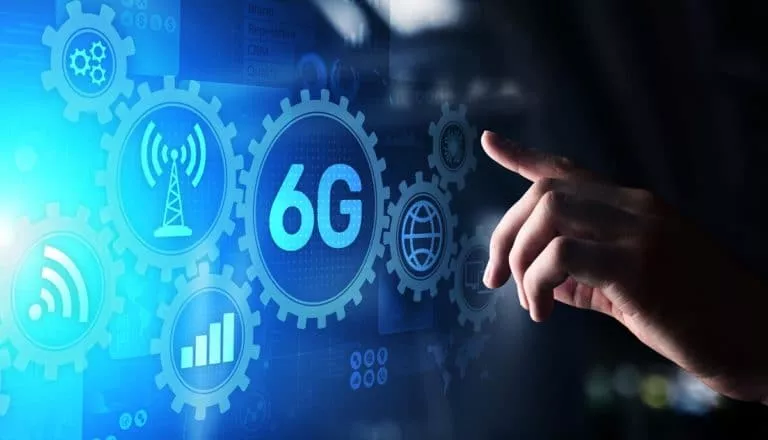5G Launch In India Is A Big Envisioned Obligatory Route

With great connectivity comes great rapacity (*meaning greed, it did rhyme, though!). The opening line would appeal to almost all of us who have progressed from using 1GB of data per month in the past to more than that in a single day in 2022. However, demand for progress never stops, so naturally, people want even more connectivity, speed, and accessibility.
India is one of the primary consumers of the internet worldwide, with millions of people texting, surfing, and watching videos.

The launch of 5G by the Honorable Prime Minister and big sharks from the Telcos at the Indian Mobile Congress leaves us with many questions about its efficiency, cost, plan rates, accessibility, device compatibility, and infrastructure. This piece of writing seeks to answer some of the questions from an Indian perspective and the effect of the domestic 5G rollout on the consumer.
Is the 5G Infrastructure upgrade easy?

From an overview, reports indicate that companies like Airtel and Vodafone will use the non-standalone infrastructure. In contrast, Reliance Jio, the biggest bidder for the competition, might go for standalone infrastructure. Considering the ability to make full use of the existing network assets, Mr. S.P. Kochar, Director General of the Cellular Operator Association of India, strongly suggested opting for a non-Standalone network rather than a standalone one. His quote from a recent interview with The Print states:
“If I were in their [telecom companies’] place, I would start with non-standalone; why should I spend money [providing 5G service] for non-existent applications? What I expect is that enterprises within their premises will have standalone 5G for their use. But when they interface with outside 5G, it will be non-standalone.”
Now we move on to the feasible aspect of the technology. All 5G devices in India will not support Jio’s standalone network but will support the Non-Standalone network. Furthermore, Airtel has already given some satisfaction to the consumers as its existing 4G SIM will be able to access the 5G network with some minor changes in the phone’s settings (provided it’s 5G enabled). At the same time, Jio has stated that users will need to swap their 4G SIM to access 5G.
Can I access 5G on the first day? How long should I wait?
No, most users cannot access 5G on the first day as the launch is expected to take place in a phased manner and is limited to major metropolitan cities. The list includes Ahmedabad, Bengaluru, Chandigarh, Chennai, Delhi, Gandhinagar, Gurugram, Hyderabad, Jamnagar, Kolkata, Lucknow, Mumbai, and Pune.
Since users in these cities are witnessing the first phase of 5G connectivity, only a select portion of them will see the benefit. Furthermore, “how long is the wait?” is the main question here. As per experts and reports from the Telecom industry, the year 2023-2024 will be an era of 100% 5G connectivity in India.
Do I need a 5G phone to experience 5G speed?
Obviously, to use 5G, you need to have a 5G-enabled phone. The 5G launch in India also comes when more than 650 million devices are already working in the 4G domain. However, as per the estimate, India is likely to adopt 70-80 million 5G devices by the end of this year. As a result, smartphone manufacturers, especially in China, are eyeing these major transitions in India.

Another crucial point is that the Indian smartphone market rapidly saw prominence in the 5G device market much earlier than the announcement of 5G. As per reading from the early days of September, almost 10% of Indian smartphones were already 5G enabled. The important thing to note is that these phones, though connected to a 4G network, are already getting up to 53% faster download speed, and with the advent of 5G, the speed would increase even further.
Some of the most popular budget 5G devices in India include – Samsung Galaxy M13 5G, iQOO Z6 5G, Samsung Galaxy F23 5G, and Redmi Note 11 Pro Plus. All of them cost under Rs 20,000, so users looking to experience 5G speeds already have a plethora of options at various price points.
How expensive will the 5G data plan be?
A major economic apprehension for the consumer could be the cost of 5G data plans. Here we need to go back to 2016 when terms like VOLTE, LTE, and 4G were rapidly becoming common knowledge. Jio’s strategy of starting with long-term free plans and then moving to slightly more affordable plans could see its revival. Once again, it’s also likely to force other competitors to follow suit as well.
The ‘encouragement’ factor is the key to mass public adoption. Telecom companies have already stated that 5G data plans would be very much similar to the 4G rates considering the speed of adoption in the Indian market. Post-launch, India would also be one of the few countries to develop and adopt the 5G infrastructure at a faster rate.
What does 5G offer?
Modern tech, like AR and VR, requires high-speed data transfers and low latency. 5G and the forthcoming tech can give us a bandwidth-intensive approach. It would also cater holistically to the supply chain process, agricultural technology, remote working, environmental conservation, public transportation, and other important development-related areas.
5G could also help the Internet of Things devices and Home Automation tech to communicate in a much better and faster way. Therefore, the transition from 4G to 5G is the ultimate requirement to keep up with the fully connected modern infrastructure. In terms of speed as compared to 4G, a 5G infrastructure can offer up to 10GB/sec download speed, which is about 100 times faster than 4G.
5G vs. 6G: What lies ahead?
With the launch of 5G in India’s crosshairs, millions of 4G devices and users are already on the verge of an upgrade. However, the tech comes at a time when discussion on its next technical heir, 6G, is already under extensive research and development. For instance, companies like LG have already used and transmitted the 6G service.
The impact of Starlink is also immense and unavoidable. So while we say that a 5G launch will change the ecosystem, enhance growth, and much more, what lies further ahead is yet another capable technology getting ready to promise the same and fill the eternal demand for progress. It’d be interesting to see how soon India can prepare for that.






